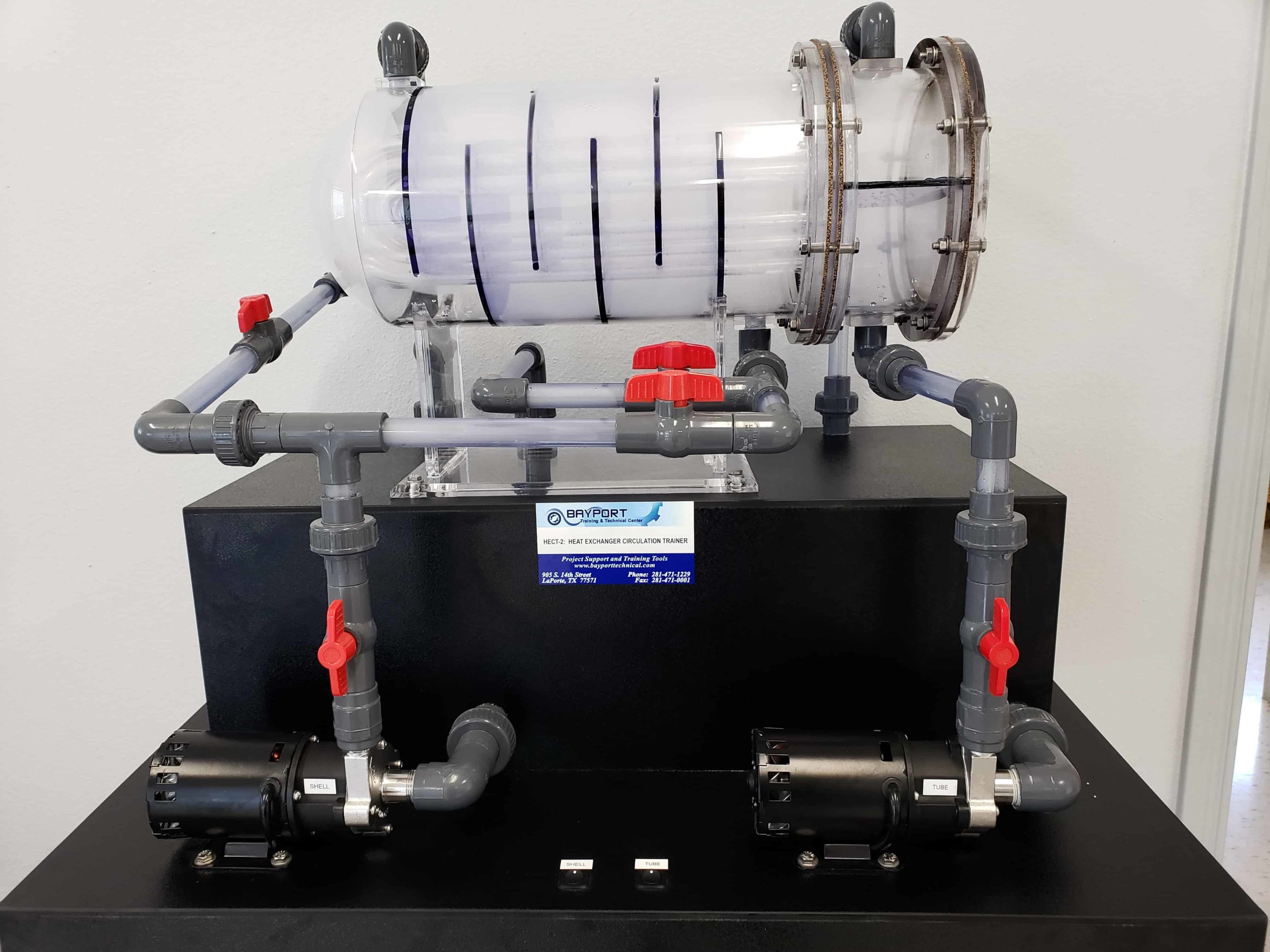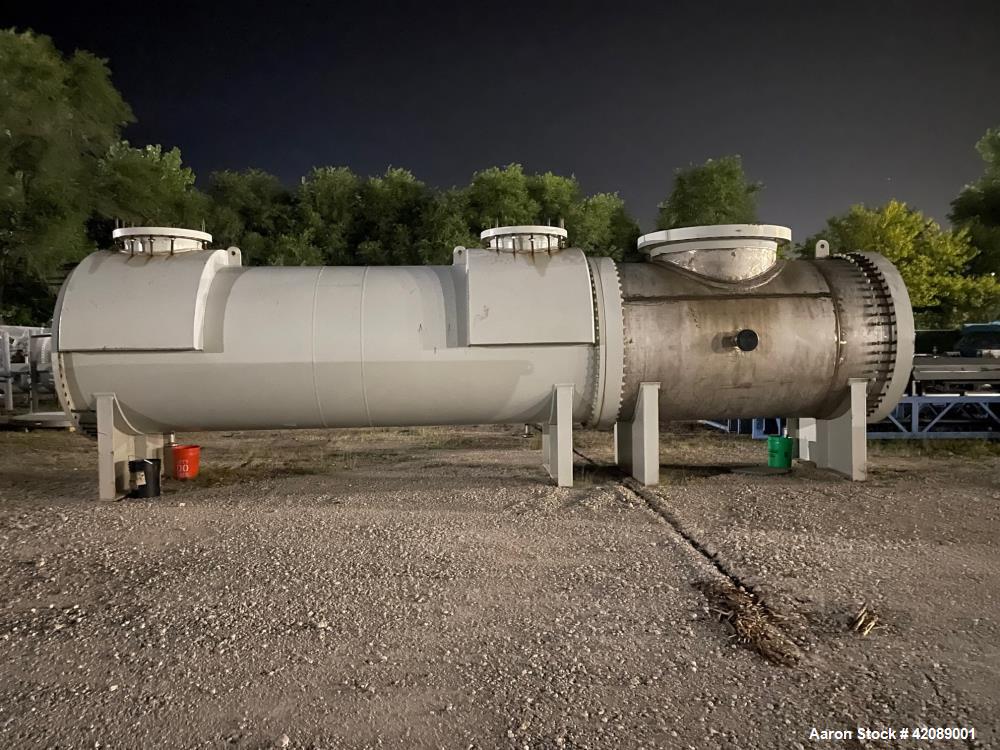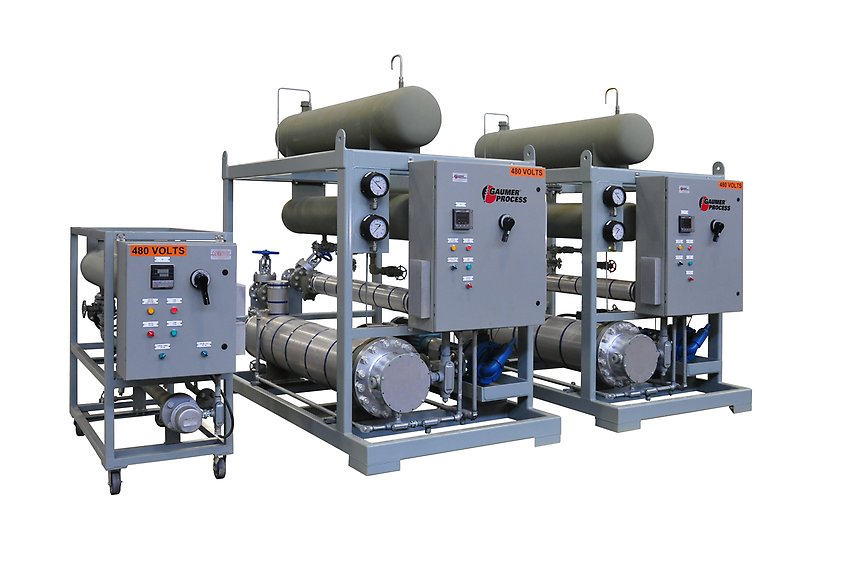Five Techniques DVS Heat Transfer Systems Improve Energy Management in Electronics
The Function of Heat Transfer Solutions in Sustainable Energy Solutions for the Future
Heat transfer systems are essential in the mission for sustainable power solutions. They enhance thermal energy management, enhancing the effectiveness of renewable modern technologies. By utilizing mechanisms like radiation, convection, and transmission, these systems lessen energy losses. Their duty in solar thermal and geothermal applications is especially significant. As innovations arise, the capacity for more improvements raises crucial inquiries concerning future power strategies. What advancements will form the landscape of lasting energy?
Comprehending Heat Transfer Equipments

The Significance of Thermal Power Management
Reliable thermal energy monitoring is important for making best use of energy performance and minimizing waste in different systems. By controling temperature and enhancing Heat transfer processes, companies can noticeably reduce power intake and operational prices. Reliable management involves the execution of advanced technologies and techniques that keep an eye on and control thermal problems within systems, ensuring that energy sources are made use of successfully. In addition, appropriate thermal energy administration adds to decreasing greenhouse gas discharges, lining up with worldwide sustainability objectives. It also improves system integrity and performance, leading to improved item high quality and longer tools lifespan. Eventually, focusing on thermal energy monitoring is an important step in the direction of producing much more lasting energy options and promoting an accountable technique to energy intake in residential and commercial contexts.
Applications of Heat Transfer in Renewable Energy
While numerous eco-friendly energy resources promise sustainability, the effective application of Heat transfer plays a vital duty in their performance. In wind energy systems, Heat transfer is used for wind turbine element air conditioning, improving performance and durability. Geothermal energy counts on reliable Heat exchange in between the planet's subsurface and the fluid circulating in the system, making best use of power extraction. Biomass power processes also benefit from Heat transfer, as it assists in converting natural materials into useful gas via pyrolysis and gasification. Additionally, in hydropower, preserving optimal temperatures in reservoirs can boost power outcome. Each of these applications shows the important significance of Heat transfer systems in enhancing sustainable energy modern technologies, eventually contributing to an extra sustainable power future.
Enhancing Solar Thermal Power Performance
As solar thermal power systems continue to develop, boosting their efficiency has actually become crucial for making best use of power outcome. Developments in Heat transfer technologies, such as improved thermal storage materials and ingenious Heat exchangers, play a substantial duty in boosting performance. By using innovative materials that have remarkable thermal conductivity, systems can move and record Heat better. Furthermore, integrating tracking systems that comply with the sun's path warranties that collection agencies get perfect solar direct exposure throughout the day. Making use of nanotechnology in solar absorbers can better boost power absorption prices. Incorporating automated control systems assists take care of and control temperature levels energy distribution effectively, leading to minimized losses and enhanced general system effectiveness. These improvements pave the way for more sustainable solar thermal power options in the future.
Geothermal Heating: A Sustainable Remedy
Geothermal home heating provides a practical alternative for lasting power, providing substantial ecological advantages with decreased greenhouse gas discharges. Its performance and cost-effectiveness make it an eye-catching option to traditional heating unit. Difficulties associated to implementation has to be dealt with to maximize its potential effect.
Ecological Benefits of Geothermal
Typical home heating approaches contribute significantly to greenhouse gas emissions, geothermal heating offers an engaging option that decreases environmental effect. By utilizing the Planet's inner Heat, geothermal systems utilize a renewable energy source, considerably lowering reliance on nonrenewable fuel sources. This approach produces minimal carbon exhausts, making it a cleaner choice for residential and commercial home heating. In addition, geothermal systems advertise energy effectiveness, as they need less power contrasted to standard heating systems. DVS Heat Transfer Systems. The usage of geothermal energy also helps in minimizing air contamination, boosting neighborhood air quality and public health. As a lasting solution, geothermal heating supports climate change mitigation efforts, placing itself as a vital element in the change towards a greener future
Efficiency and Cost-Effectiveness
Exactly how does geothermal home heating determine up in regards to effectiveness and cost-effectiveness compared to conventional heater? Geothermal heating shows remarkable efficiency, typically accomplishing a coefficient of performance (POLICE) of 3 to 5, implying it produces three to 5 devices of Heat for every device of electrical power eaten. This performance translates into reduced operating expenses, especially in areas with secure geothermal sources. First setup costs can be greater than traditional systems; nevertheless, lasting financial savings on power expenses and decreased upkeep expenses can offset these ahead of time investments. Furthermore, many federal governments incentivize geothermal systems with rebates and tax obligation credits, improving their cost-effectiveness. On the whole, geothermal heating becomes a economically viable and lasting option to even more traditional heating solutions.
Application Challenges and Solutions
Numerous challenges can restrain the prevalent application of geothermal heater, despite their clear advantages as a sustainable power option. High preliminary installment costs his response typically deter home owners and investors, making funding a substantial barrier. Furthermore, the geographical constraints of suitable geothermal websites restrict availability in particular regions. Local policies and permitting processes can likewise make complex job development, causing hold-ups. Public recognition and understanding of geothermal systems remain low, hindering acceptance. To attend to these difficulties, targeted education campaigns can boost open secret, while federal government rewards could ease financial burdens. Teaming up with regional authorities to streamline laws might assist in smoother task authorizations, eventually promoting the fostering of geothermal home heating as a viable, sustainable power alternative.
Innovations in Heat Transfer Technologies
Technologies in Heat transfer modern technologies play a crucial duty in boosting power effectiveness and sustainability. Advanced Heat exchangers and phase change materials are at the leading edge of these growths, using substantial improvements in thermal management. These modern technologies not just enhance power usage but also add to decreasing environmental influence in numerous applications.
Advanced Heat Exchangers
Advanced Heat exchangers play an essential function in improving power effectiveness across numerous applications in lasting energy solutions. These tools assist in the transfer of Heat in between two or even more Source fluids, substantially lowering energy usage in processes such as commercial heating, cooling, and power generation. Advancements in products and design, such as using nanofluids and small arrangements, have actually resulted in enhanced thermal performance and reduced size requirements. Furthermore, developments in electronic tracking and control systems enable optimized procedure, further increasing effectiveness. By minimizing waste Heat and taking full advantage of power recovery, advanced Heat exchangers contribute to reduce carbon impacts and sustain the shift toward eco-friendly technologies. Their proceeded growth is vital for attaining global power sustainability objectives.
Phase Adjustment Products
The combination of stage adjustment materials (PCMs) into Heat transfer innovations stands for a considerable improvement in energy monitoring and effectiveness. PCMs absorb and launch thermal energy during their stage changes, enabling effective temperature level regulation in building materials and energy systems. By storing excess Heat throughout height durations and launching it when need rises, PCMs add to pack moving and energy conservation - DVS Heat Transfer Systems. This ability boosts the performance of renewable power systems, especially in solar thermal applications. Additionally, PCMs can improve the thermal comfort of indoor atmospheres, minimizing dependence on standard heating and cooling down approaches. As technologies have a peek at these guys in PCM formulas proceed to arise, their role in lasting power solutions is poised to grow, supplying encouraging opportunities for future research study and application

Future Potential Customers for Heat Transfer in Sustainable Power
As the need for lasting energy services remains to increase, the duty of Heat transfer systems is becoming progressively essential fit future modern technologies. Innovations in designs and products are anticipated to enhance performance in Heat transfer, decreasing energy losses in various applications. The combination of sophisticated thermal storage space systems, such as phase change products and thermochemical storage, will make it possible for better monitoring of power resources. Study into nanofluids and biomimetic Heat exchangers may even more optimize thermal performance. Additionally, the adoption of wise innovations will certainly enable real-time tracking and flexible control of Heat transfer processes. These advancements are poised to considerably add to the total effectiveness and sustainability of power systems, leading the method for an extra energy-efficient future.
Frequently Asked Questions
Exactly How Can People Carry Out Heat Transfer Systems at Home?

People can implement Heat transfer systems at home by installing energy-efficient home appliances, making use of glowing heating, and optimizing insulation. These actions boost power performance, reduce costs, and promote lasting practices in household settings.

What Are the Expenses Connected With Setting Up Heat Transfer Systems?
The prices connected with installing Heat transfer systems vary extensively, typically including equipment, installation labor, and maintenance. Aspects such as system kind, home size, and regional laws greatly influence the overall expense included.
Exist Federal Government Incentives for Heat Transfer System Installations?
Federal government incentives for Heat transfer system setups vary by region and can include tax gives, credit scores, and rebates. These economic benefits aim to motivate fostering, ultimately advertising power performance and minimizing ecological impact within areas.
How Do Heat Transfer Solutions Impact Power Costs?
Heat transfer systems notably influence energy expenses by enhancing energy efficiency. By improving the transfer of Heat, these systems decrease power consumption, causing reduced energy prices and producing a more sustainable approach to energy management.
What Maintenance Is Required for Heat Transfer Equipments?
Maintenance for Heat transfer systems includes normal inspections, cleansing of parts, examining fluid degrees, making certain appropriate insulation, and replacing worn parts. These tasks aid keep performance, stop break downs, and lengthen the system's operational life-span.
These systems promote the activity of thermal energy from one tool to an additional, allowing the transfer of Heat for home heating, cooling, or power generation purposes. Geothermal energy counts on effective Heat exchange between the earth's subsurface and the liquid circulating in the system, optimizing power extraction. In addition, geothermal systems promote power performance, as they call for less power compared to traditional home heating systems. Advanced Heat exchangers play an essential function in improving power efficiency across various applications in sustainable power services. Heat transfer systems especially influence energy expenses by enhancing power efficiency.